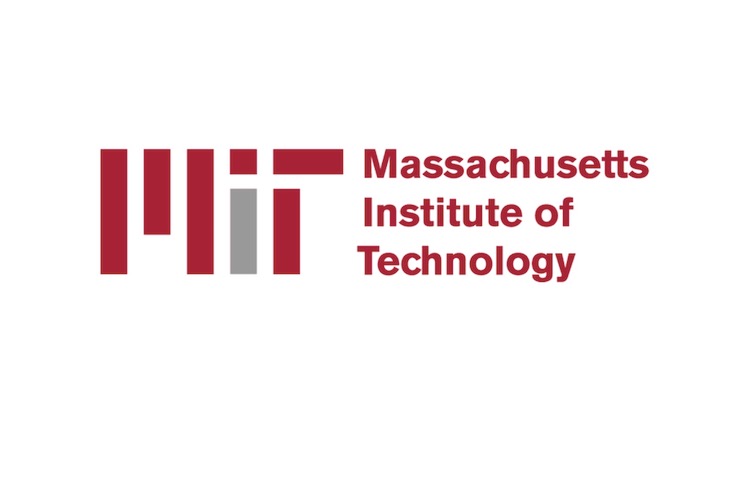MIT’s MADER Technology Can Reduce the Risk of Drone Collisions

“Sense and avoid” – also known as “obstacle avoidance” – technology has been an important feature of drone design for years. The idea that drones should be able to reduce if not eliminate the risk of collisions with trees, buildings, humans and other aircraft has underpinned the concept of Beyond Visual Line of Sight (BVLOS) operations conducted at long distance without the benefit of remorse piloting.
But not all drones come equipped with this technology – far from it. For example, most of the DJI “Mini” series and even some heavier versions of the DJI drone do not. The reasons are simple: Embedding obstacle avoidance sensors – usually 6 to 8 on various sides of the drone frame – adds to the aircraft’s weight as well as its cost – and therefore, its purchase price. To keep competitive, DJI hasn’t prioritized avoidance technology to date. But as the drone industry continues to mushroom, more companies are purchasing multiple drones to carry out the same mission, often simultaneously. In this new operational setting, reducing the risk of mid-air collision has become more important than ever,
Researchers at MIT have been testing an algorithm, dubbed MADER, that allows drones flying in the same airspace to compare their planned flight trajectories and to automatically correct their course when the trajectories overlap. They first started testing the algorithms several years ago, using an indoor flight testing center, but the initial results were disappointing. While the drones could communicate flight information amongst each other rapidly, there was a delay in processing the new data that left some drones unable to avoid collisions.
Last year, researchers decided that a trade-off would be needed. Once a drone received flight trajectory data from another drone, the two drones would briefly pause before continuing along their proposed course. The upgraded MADER would allow the two drones to automatically reprogram – and then mutually confirm – their respective flight paths to ensure that a collision would be averted.
So far, the new technology system has proven virtually fool-proof. Not a single collision has occurred between drones equipped with “Robust MADER.”
MIT researchers say the drones equipped with the enhanced system do take a little longer to conduct their missions, but the added flight time and slightly reduced efficiency is more than made up for by the huge reduction in safety risk.
“If you want to fly safer, you have to be careful, so it is reasonable that if you don’t want to collide with an obstacle, it will take you more time to get to your destination,” Kota Mondo, MIT’s lead project manager, told MIT News last week. “If you collide with something, no matter how fast you go, it doesn’t really matter because you won’t reach your destination.”
It turns out that Robust MADER doesn’t just incorporate a pause in a drone’s planned flight trajectory, it also gives each drone two different trajectories in advance to follow, including one that has already been deemed collision-free. The drone can switch to a second trajectory instantaneously, reducing the pause time, based on signals it receives from drones in its airspace. With Robust MADER, all drones in a single operating area are in constant communication with each other and their signals data is fed through.a central computer that can reorganize the flight paths of several drones simultaneously, as needed.
“Until you actually fly the hardware, you don’t know what might cause a problem. Because we know that there is a difference between simulations and hardware, we made the algorithm robust, so it worked in the actual drones, and seeing that in practice was very rewarding,” Mondo said last week.
The MIT team’s next step is to test Robust MADER outdoors, where additional factors, including noise and weather conditions, especially wind and rain, could affect the integrity of drone signals communication, Kondo said he plans to install visual sensors that can detect the presence other agents or obstacles, including birds, estimate their movements, and integrate the additional data into trajectory optimization.
|